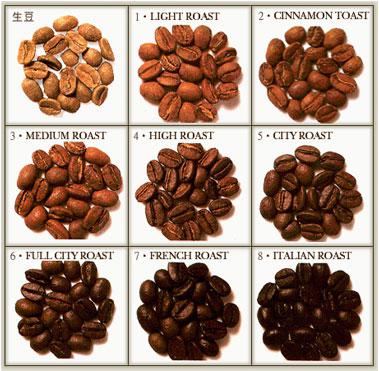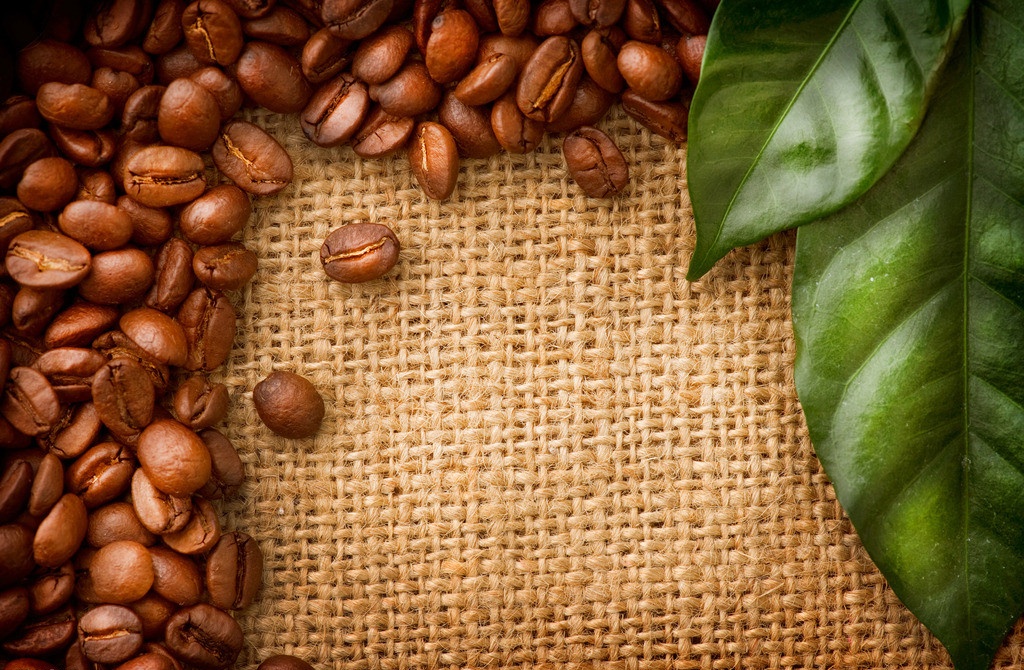Brazilian coffee flavor with a long aftertaste introduction to the characteristics of boutique coffee producing areas in manor
It is not easy to talk about the birth of this coffee. In 1974, Brazil's national treasure Datra Manor was founded in the Patrocio region of Serrado in the central and western part of Minas Province. it is a coffee manor group with scientific and technological management. Its coffee estates are distributed in the five producing areas of Serrado and Mojiana. According to the altitude, climate, soil quality and microclimate of each region, the most suitable species are selected to maximize various aromatic substances. Then through the expert cup test and comparison, only then choose the sun or half-sun treatment, in order to draw out the most abundant kinds of sweet elves. Through 20 years of research and development and cultivation, the "Datra sweetness Confluence" in the trembling boutique world has been born under the guardianship of scientists.
The results it has achieved will also impress you on Brazilian coffee, the famous Danish coffee maker Terres. Paulson won the 2005 International Cup barista contest with the espresso formula of "Datra Sweet Confluence". Klaus in 2006. Thomson also used the "Datra Sweet Confluence" as the base bean to mix Costa Rica's Raminita Manor coffee and won the 2006 International Cup barista contest.
Brazil is known as the kingdom of coffee. It is the largest coffee producer and exporter in the world. The output value of coffee accounts for more than 30% of the world's output value. 1% of the coffee in the world is produced here. Brazil is also the second largest coffee consumer in the world after the United States. About 300000 farmers here are engaged in the coffee industry. It not only carries the important task of Brazil's economic development, but also affects the development of international coffee. You should know that the vast majority of instant coffee is made from Brazilian coffee. Although Brazilian coffee accounts for 30% to 35% of the world's annual output value, ranking first in the world, it is a pity that none of the Brazilian beans can be called cutting-edge coffee. There are coffee trees all over the mountains, distributed in the southern part of Brazil. Compared with other coffee-producing countries in Central and South America, Brazil is significantly lower, with farms mostly about 600-1000 meters above sea level, and even South Minas, Serrado and Mojiana, the three major boutique producing areas, rarely exceed 1300 meters. Brazil's terrain is too flat and monotonous for coffee cultivation, and it lacks a microclimate that can give coffee rich taste factors, so there are many kinds of Kaddura, New International and Kaduai Brazilian coffee, which are suitable for growing without shade. It is difficult to say that it has any extra flavor, no outstanding advantages and no significant disadvantages, most of which are medium-sour and taste lubricated. The main thing is gentle and smooth, mellow and sweet, its softness makes it mix with other coffee beans, the taste will not change much. And rich in oil quality contrast. So Brazilian coffee beans are best mixed with other coffee beans to make espresso, which forms a golden foam on the surface of espresso and gives the coffee a slightly sour taste and a long finish. In fact, all the big coffee roasters have some bird shit coffee from Brazil in their blended coffees. based on the monotonous climate of Brazil, Brazilian research units have developed half-sun methods to shorten the processing time. After removing the pulp, the coffee fruit will be exposed to the pectin-coated pods for one to three days, and then machine-dried to a moisture content of 12%, which can be put into a storage container. The Brazilian half-sun method greatly shortens the work time (the traditional sun method takes two to three weeks), also reduces the chance of coffee beans getting a bad smell, and the quality is greatly improved. Moreover, the half-sun method also inherits the advantages of the sun method to improve the sweetness, but reduces the disagreeable soil flavor, and enhances the fruit aroma and sweetness, so it is most suitable for a single product, so the half-day method has become a necessary "wardrobe" of Brazilian fine beans and won the praise of international coffee experts.

Important Notice :
前街咖啡 FrontStreet Coffee has moved to new addredd:
FrontStreet Coffee Address: 315,Donghua East Road,GuangZhou
Tel:020 38364473
- Prev

Glittering and translucent Rwandan Coffee Variety characteristics Taste introduction to Fine Coffee beans in Manor
Since the 1920s, Arabica coffee grown in Rwanda has been famous for its unique fruit sweetness and rich grass aroma. In recent years, the Rwandan government has taken positive measures to vigorously promote coffee production, set up coffee production cooperatives in various places, and give technical guidance and financial support to farmers, so that coffee production has made considerable progress. University of Rwanda
- Next

Low-key and elegant light Colombian coffee varieties, taste, manor boutique coffee bean flavor introduction
Colombian coffee (Cafe de Colombia), which originated in Colombia, is one of the few individual coffees sold in the world under the name of the country. In terms of quality, it has won praise unmatched by other coffee. Compared with other producing countries, Colombia is more concerned with developing products and promoting production. It is this, coupled with its superior geographical and climatic conditions, that makes Columbus
Related
- Detailed explanation of Jadeite planting Land in Panamanian Jadeite Manor introduction to the grading system of Jadeite competitive bidding, Red bid, Green bid and Rose Summer
- Story of Coffee planting in Brenka region of Costa Rica Stonehenge Manor anaerobic heavy honey treatment of flavor mouth
- What's on the barrel of Blue Mountain Coffee beans?
- Can American coffee also pull flowers? How to use hot American style to pull out a good-looking pattern?
- Can you make a cold extract with coffee beans? What is the right proportion for cold-extracted coffee formula?
- Indonesian PWN Gold Mandrine Coffee Origin Features Flavor How to Chong? Mandolin coffee is American.
- A brief introduction to the flavor characteristics of Brazilian yellow bourbon coffee beans
- What is the effect of different water quality on the flavor of cold-extracted coffee? What kind of water is best for brewing coffee?
- Why do you think of Rose Summer whenever you mention Panamanian coffee?
- Introduction to the characteristics of authentic blue mountain coffee bean producing areas? What is the CIB Coffee Authority in Jamaica?

